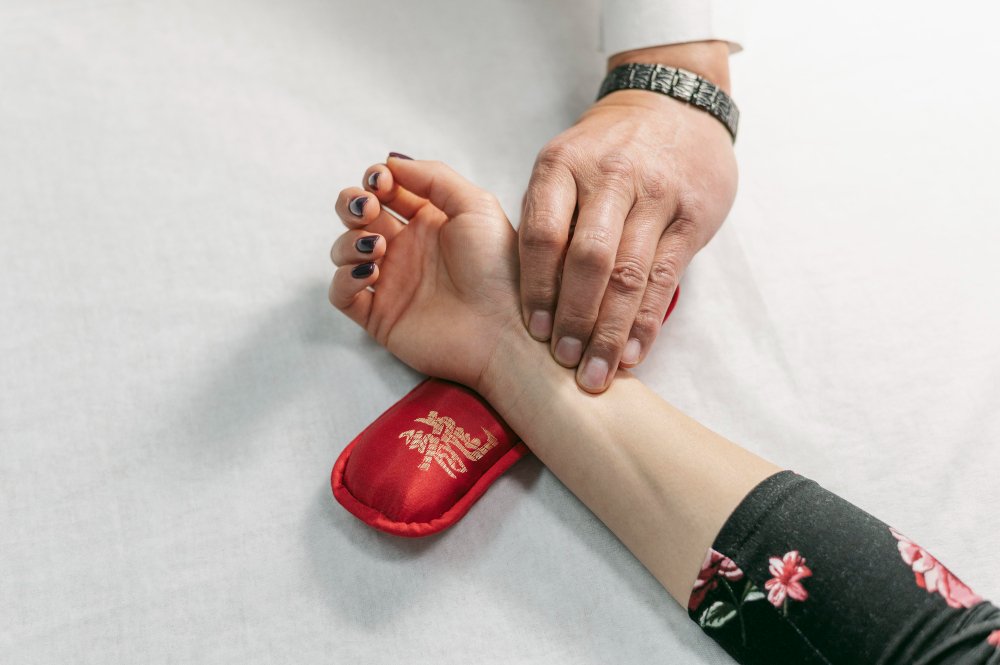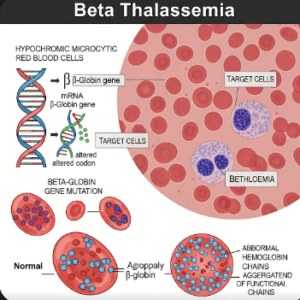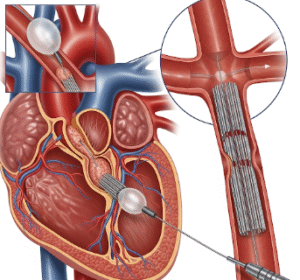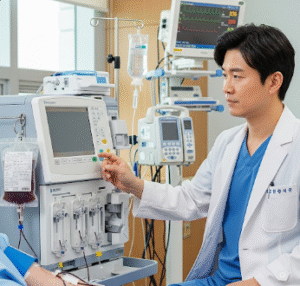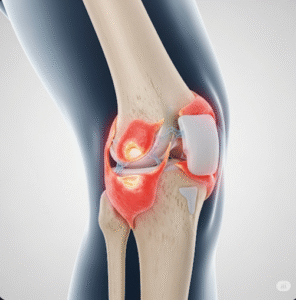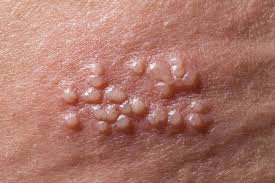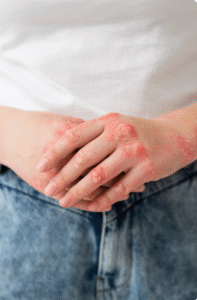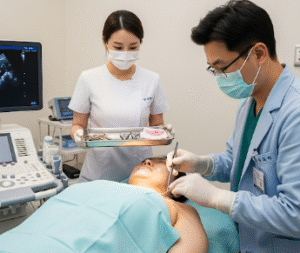Overview
Gangrene is a serious medical condition where body tissue dies due to a lack of blood supply, severe infection, or trauma. It can progress rapidly and may require urgent treatment to prevent the spread to other areas of the body or life-threatening complications. Gangrene can affect the skin, muscles, and internal organs.
What is Gangrene?
Gangrene occurs when blood flow to a part of the body is blocked or severely reduced, depriving tissues of oxygen and nutrients. This leads to tissue death, which can be dry (caused by poor circulation) or wet (caused by infection). Gas gangrene, a specific type, is caused by bacterial infection, often by Clostridium species.
Symptoms
- Skin discoloration (blue, purple, black, or green)
- Severe pain followed by numbness
- Swelling and blistering
- Foul-smelling discharge (in wet gangrene)
- Fever and signs of sepsis (in severe cases)
Causes
- Poor circulation due to peripheral artery disease (PAD) or diabetes
- Severe bacterial infections
- Traumatic injuries or burns
- Frostbite
- Blood clots blocking arteries
Risk Factors
- Diabetes
- Atherosclerosis
- Smoking
- Severe injuries or surgery
- Immunosuppression
Complications
- Septicemia (blood poisoning)
- Spread of infection to other tissues
- Amputation
- Multi-organ failure in severe cases
Prevention
- Manage chronic conditions like diabetes and PAD
- Avoid smoking
- Maintain good wound care and hygiene
- Seek immediate care for infections or injuries
- Ensure proper circulation through regular exercise and a healthy diet
Treatment Options in Korea
In Korea, treatment for gangrene is provided in advanced medical centers with multidisciplinary teams. Common approaches include:
- Surgical debridement to remove dead tissue
- Antibiotic therapy (intravenous for infections)
- Hyperbaric oxygen therapy to enhance tissue oxygenation
- Revascularization surgery to restore blood flow
- Amputation in severe or non-recoverable cases
- Comprehensive wound care programs with modern dressing technologies
In Korea, early diagnosis and aggressive treatment have significantly improved patient outcomes for gangrene.

